Indy at 30: Setting the ball rolling ~ Raiders Of The Lost Ark (1981)/ Indiana Jones And The Temple Of Doom (1984) – Review
(Raiders) Directed by: Steven Spielberg; Starring: Harrison Ford, Karen Allen, Paul Freeman, John Rhys-Davies, Denholm Elliott, Ronald Lacey, Wolf Kahler; Screenplay by: Lawrence Kasdan; US; 115 minutes; Colour; Certificate: PG
~~~
It’s had its rivals, its copycats, even its parodies, and yet, if you were to ask, well, anyone, after a few minutes’ thought, they’d most likely come to the conclusion that Raiders Of The Lost Ark is the best family adventure film of the last 30 years. But is it really? Well, in a word… yes. Truly, nothing’s come close to Raiders since its release in June 1981 (which was recently covered on this blog here) and maybe never will.
The reason is pretty darn simple – after all, filmmaking shouldn’t be that complicated when you’re making adventure movies – this flick simply has it all, mixing all the ingredients together in a fast, florid, magical, irresitible brew like the contents of the Ark of the Covenant (before they turn all horrible, that is). For there’s nothing horrible – or second-rate, ironic perhaps given its 1940s ‘B-Movie’ inspirations and aspirations – in Raiders.
First and foremost, Lawrence Kasdan’s script is tight-as-you-like; somehow marrying the mugging of a fantastically barmy Nazi scheme with the establishing of a would-be-iconic action hero, along with a plethora of memorable characters, some terrific dialogue (‘There’s only so many times I can say sorry’/ ‘Then say it again’; ‘I don’t know, I’m making this up as I go’) and a clutch of in-your-wildest-dream set-pieces.
The realisation of these set-pieces, quite rightly, is what Raiders is best remembered for. Director Steven Spielberg maybe deserves the lion’s share of praise here, his rapid-fire shooting-style no doubt ensured the thing remained clipped and focused, as well as visually imaginative – fantastic and just about the right side of unbelievable. Yet, deserving of mention here too has to be his cinematographer Douglas Slocombe, his second unit (mostly directed by George Lucas, in fact), stunt arrangers, production designer Norman Reynolds and those beardy boffins at Industrial Light And Magic who with this flick, following Star Wars (1977) and The Empire Strikes Back (1980), continued to set an amazing template when it came to visual effects.
Because when it comes to set-pieces here, we’re talking the giant rolling boulder chasing our hero (Harrison Ford) through a cave in a perfect tone- and pace-setting opening sequence; we’re talking Indy the hero and his heroine Marion (Karen Allen) escaping from her fire-ravaged Nepalese bar; we’re talking the hero fighting goons under a circling aeroplane that’s about to explode and then stealing the treasure back from the baddies in a crazy truck and car chase (including in an incredible man-under-a-truck stunt); we’re talking Indy escaping the villains’ clutches on a tanker ship by swimming unseen across to their own submarine to the cheers of his shipmates; and, of course, we’re talking the climactic finale of the Ark’s opening when – ironically – God Himself trumps Indy by pulling off the most impressive trick of all.
And, make no mistake, that ironic, sardonic humour is critical to Raiders‘ balance – and ultimate success. You can have all the thrills and spills and artistically impressive chops in the world, but if your movie adventure ain’t funny, then it’ll come off too dry for both the kids and the parents. Take the improvised moment when Indy can’t be bothered with a long tussle with the Cairo swordsman, so just casually shoots him instead. It’s a moment as golden as the disc atop the Staff of Ra.
Still, for all that, Raiders would only be two-thirds, nay half, the film it is were it not for its outstanding, unforgettable score. Film composer extraordinaire John Williams had previously worked wonders with his contributions to Jaws (1975), Close Encounters Of The Third Kind (1977) and the Star Wars flicks, but in creating Indy’s theme (officially titled The Raiders March) for this movie, he came up with his own signature track. The rest of the score too is, of course, terrific, perfectly accompanying and setting the mood for the on-screen action and helping to elevate it to the eerie, mystical, epic and grandiose levels it strives for.
So to sum up, well, let’s put it this way: imagine (in the incredibly unlikely event) you were about to see Raiders for the first time… just how exciting, riveting, magical and special a prize, like Indiana Jones, would you be about to discover…?
Exactly.
~~~
(Temple Of Doom) Directed by: Steven Spielberg; Starring: Harrison Ford, Kate Capshaw, Ke Huy Quan, Amrish Puri, Roshan Seth, Peter Stone; Screenplay by: Willard Huyck, Gloria Katz; US; 118 minutes; Colour; Certificate: PG
~~~
Apparently, on the Hawaiian beach back in the summer of ’77 where George Lucas and Steven Spielberg had agreed to make Raiders Of The Lost Ark, they’d also shook on making two more sequels. A rather presumptuous assumption perhaps, but nonetheless they did make two (in fact, three) further Indy sequels together, the first of which, of course, was Indiana Jones And The Temple Of Doom.
But, much had come to pass between Raiders’ release in ’81 and the two getting down to it and making Temple Of Doom in ’83, not least the former completing the Star Wars trilogy with Return Of The Jedi (1983) and the latter seeing his latest flick E.T.: The Extra-Terrestrial (1982) become the biggest movie of all-time, but also – and perhaps most importantly – Spielberg’s marriage had hit the rocks forcing him into the throes of divorce. As it happened, Lucas wanted Temple Of Doom not to take the easy buck and pander to the kids, but to be darker than Raiders, and Spielberg, given where he was in his personal life, threw himself in that direction.
The film they turned out then was, indeed, darker than its predecessor, but also – perhaps on account of its director’s initial reluctance to the ‘darker’ idea and Lucas’s admission that he’s a ‘humour’ man – was conversely lighter than the first one in different ways. Given this, is it fair to say that Temple Of Doom‘s a bit of a Jekyll and Hyde movie? Maybe. And, yes, that may go some way to explaining why it’s one or two notches down in quality to Raiders. And yet, it also explains why the flick’s quite a different beast to the original – and still today a hell of an entertaining and intriguing ride.
And a ride it unquestionably is. Right from the start it’s breathless stuff with Indy, nightclub chanteuse Willie Scott (a wonderfully clownish Kate Capshaw) and diminutive dynamo of a sidekick Short Round (Ke Huy Quan of Goonies fame) having to escape from Shaghai villains and their schemes via dropping through shop canvasses, hiding from gunfire behind rolling gongs and jumping out of a pilotless aeroplane in a water-raft (and then sliding off a cliff and riding rapids in said raft, of course). The exposition that follows this, as such it is, is that Indy and co. must find a sacred stone and put right a ‘curse’ that an evil palace-based Thuggee cult holds over an Indian village. But, frankly, this thin plot is secondary to the action – or really, the rollercoaster ride – that follows.
Fistfights, swordfights, fleeing from a gigantic flood, human sacrifice in cult rituals, karate-kicking and the plucky trio’s witty bickering all fly by before a final showdown on a ropebridge (guess what happens there?). Indy, almost symbolically, sees his shirt disentegrate as each outlandish and incredible action set-piece piles up on the next; it’s as if the filmmakers see their hero as a superhuman Hercules and they’re putting him through his very own 12 labours. Indeed, in what must be one of Hollywood’s best in-jokes, they even insert an actual rollercoaster ride into this ultimate rollercoaster ride of a movie, in the shape of the flick’s most exhilarating sequence, the iconic, unforgettable mine-cart chase.
So, if Temple Of Doom‘s effectively made up of all these relentless hijinks, where’s all the darkness? Well, remember I squeezed in mention of cult rituals and human sacrifice in that paragraph above? This (admittedly short) middle segment of the film is indeed arguably scary, fiery, gory and not at all played for laughs – in fact, it’s the stuff of a modern, quality horror film. Indiana Jones movies are famous for containing ‘mild horror’ – it’s one of their trademark components and hugely popular with both adults and kids – but this is a step beyond that. I remember watching Disney’s Pinocchio for the first time as an adult a few years ago and it struck me just how solidly dark a film that actually is; to watch this section of Temple Of Doom as a grown-up is a similar experience. It’s no surprise that, on release, the film received criticism from certain quarters for this experiment on Lucas and Spielberg’s part of how far they could push a family film into adult audience territory.
As mentioned though, the movie’s darkness is tempered by its humour. Sillier in most cases than in Raiders (although rather delightful, the meal at the palace is pretty childish and Indy and Willie’s played-for-laughs attraction, if not their by-play, is less convincing than his and Marion’s in Raiders), it does however certainly have its moments. Most especially the starkly brilliant reminder that this flick is the original’s prequel, when, meeting a couple of swordsman, Indy reaches for his gun only to realise he’s mislaid it (echoing the moment in Raiders when – it turns out , having learnt his lesson – he just shoots the mean dude with the sword instead of engaging in a lengthy fight).
And, make no mistake, it’s Spielberg’s often delighfully inventive, always controlled hand on the tiller that strikes this balance between dark horror themes and frivolous humour, while knitting together all the action into a layer-upon-layer cake that feels like it will surely topple over before the end, but, of course, never does. Temple Of Doom isn’t another Raiders (it’s more an experiment in adventure movie filmmaking than an attempt to make the best possible exponent of it), but in its way it’s a fascinating and – for me, at least – as entertaining a slice of cinema as its predecessor. Admittedly, that may have something to do with the fact it was the first Indy flick I properly saw (you never forget your first, right?).
Plus, after all that, it even turned out nice for Spielberg – he swapped the layered cake of Temple Of Doom for a real layered wedding cake thanks to meeting on-set and then making his wife his leading lady, Kate Capshaw. Now that’s an achievement even Indiana Jones wasn’t capable of… well, not in this film, at least.
~~~






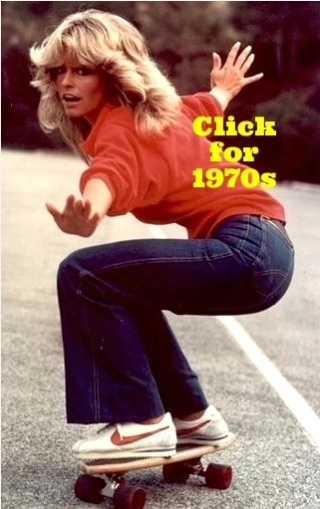


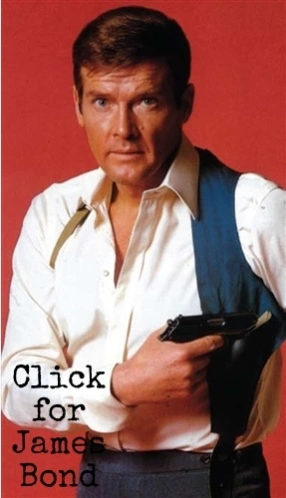

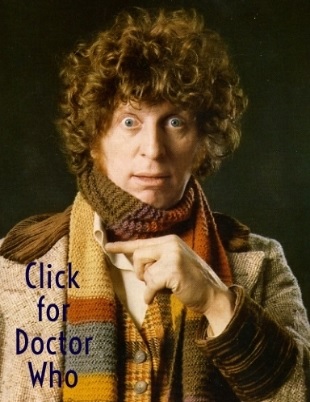
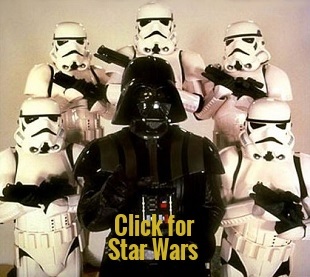

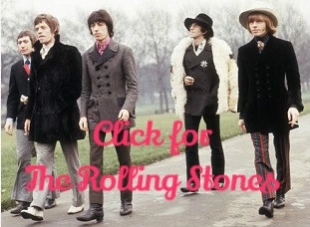

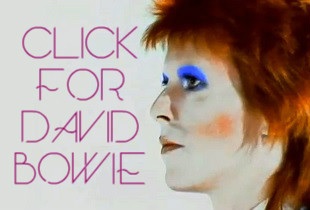
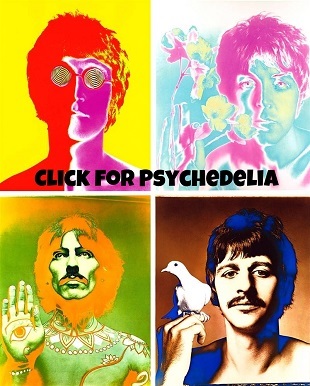





Trackbacks